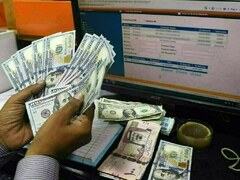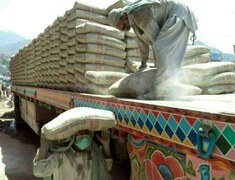As a major player in the cement industry with plants located in both the north and south zones, if DG Khan Cement (PSX: DGKC) sneezes, it must be getting cold. In 2QFY24, the company’s earnings are down from the same period last year. At Rs392 million in consolidating profits, the company has seen earnings undercut by 27 percent year on year. This is despite improved revenues (up 13%) and a significant rise in other income (up 83%).
The problem is DGKC’s persistently high finance costs. Up 26 percent year on year, as a share of revenue, finance costs stand at 11 percent. This was 10 percent this time last year, but this isn’t new. Since Sep-22, the company’s finance costs have been in double-digits due to higher debt and rising interest rates. With inflation ballooning, overheads (administrative and distribution expenses) are also expanding which has thrown the company’s financials out of whack. In 2QFY24, total finance costs and overheads were 16.5 percent of revenue, of which 5 percent were overheads. Last year, this cumulative was much lower at 12 percent.

Couple this with shrunk gross margins in the quarter, and the resultant earnings decline was inevitable. The company has made recent headways in exporting cement to North American countries which at a time of reduced domestic demand should help in covering fixed costs incurred. In 1HFY24, the company’s earnings are up 13 percent year on year, so while the second quarter may not have performed tremendously well, it is not flu season yet and DGKC has plenty of time to recover over the next two quarters. How the recovery will manifest depends greatly on the company’sability to continue exporting, domestic prices remaining mostly stable and the beginning of interest rate decline. International coal price and rupee depreciation—as always—play a dominant role in wherever margins settle.























Comments
Comments are closed.